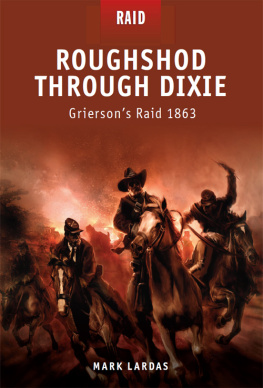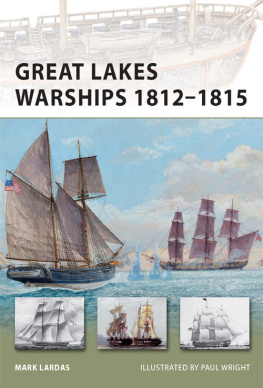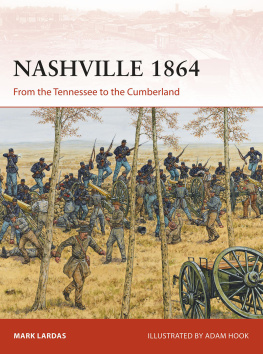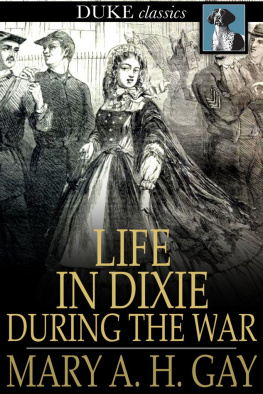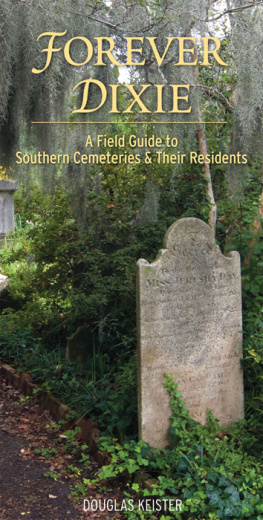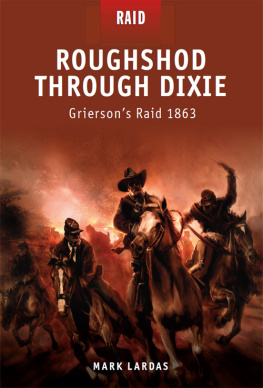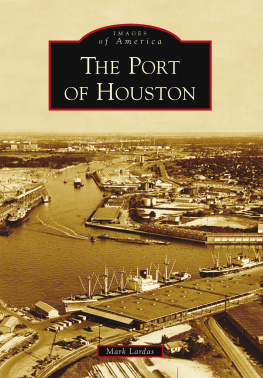Mark Lardas - Roughshod Through Dixie
Here you can read online Mark Lardas - Roughshod Through Dixie full text of the book (entire story) in english for free. Download pdf and epub, get meaning, cover and reviews about this ebook. year: 2011, publisher: Bloomsbury Publishing, genre: Non-fiction. Description of the work, (preface) as well as reviews are available. Best literature library LitArk.com created for fans of good reading and offers a wide selection of genres:
Romance novel
Science fiction
Adventure
Detective
Science
History
Home and family
Prose
Art
Politics
Computer
Non-fiction
Religion
Business
Children
Humor
Choose a favorite category and find really read worthwhile books. Enjoy immersion in the world of imagination, feel the emotions of the characters or learn something new for yourself, make an fascinating discovery.
- Book:Roughshod Through Dixie
- Author:
- Publisher:Bloomsbury Publishing
- Genre:
- Year:2011
- Rating:4 / 5
- Favourites:Add to favourites
- Your mark:
- 80
- 1
- 2
- 3
- 4
- 5
Roughshod Through Dixie: summary, description and annotation
We offer to read an annotation, description, summary or preface (depends on what the author of the book "Roughshod Through Dixie" wrote himself). If you haven't found the necessary information about the book — write in the comments, we will try to find it.
Roughshod Through Dixie — read online for free the complete book (whole text) full work
Below is the text of the book, divided by pages. System saving the place of the last page read, allows you to conveniently read the book "Roughshod Through Dixie" online for free, without having to search again every time where you left off. Put a bookmark, and you can go to the page where you finished reading at any time.
Font size:
Interval:
Bookmark:
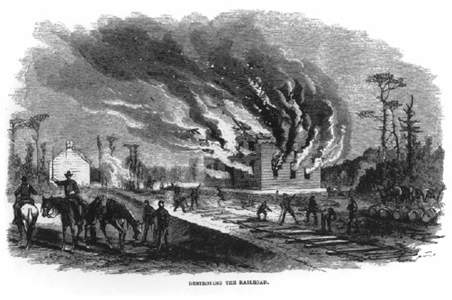

As a result of the raid Benjamin Grierson became a celebrity in the North. Here a front page illustration that appeared in Harpers Weekly depicts a highly romanticized Grierson as a cavalier. (LOC)
The Union patrol rode cautiously north of Baton Rouge. It was May 2, 1863. Earlier that day, pickets outside Baton Rouge had stopped a sleeping cavalryman that approached their lines. The man claimed to be an officer from an Illinois cavalry regiment. But there were no Illinois units in the Union Armys Department of the Gulf. Those regiments came from Massachusetts or New York, with a few Louisiana regiments raised from local loyalists. The rider had spun a wild story, claiming that his brigade had ridden the length of Mississippi, from Tennessee to Louisiana.
He convinced the officer commanding Union forces in Baton Rouge, General Christopher Auger, there was something behind his story. Confederate forces north of the line held by Union forces in Louisiana were moving around frantically. Something had stirred them up. Wild rumors were flying around.
Auger sent two companies of cavalry to investigate under Capitan Godfrey of the First Louisiana Cavalry (US). As they approached a plantation in the debatable ground between the lines, Godfrey saw a colonel come out of the plantation house, waving a handkerchief. The colonel introduced himself as Benjamin Grierson, commanding the First Brigade of the Cavalry Division, Army of the Tennessee.
The previous night the unit had broken through the last Confederate forces between the brigade and Union-held Baton Rouge. Rather than risk blundering into friendly fire, Grierson halted the march at the plantation, three miles from the Confederate and six miles from the Union lines. Scouts sent to make contact with Union forces included the unfortunate orderly who had fallen asleep, to be carried to the Union pickets by his horse.
It was hardly surprising that the man had fallen asleep. The brigade had spent 16 days behind enemy lines, and spent virtually the last 32 hours awake in the saddle. They were dead on their feet. While waiting for representatives from Augers garrison, Grierson, a former music teacher and band leader, kept himself awake by playing a piano in the parlor of the plantation house.
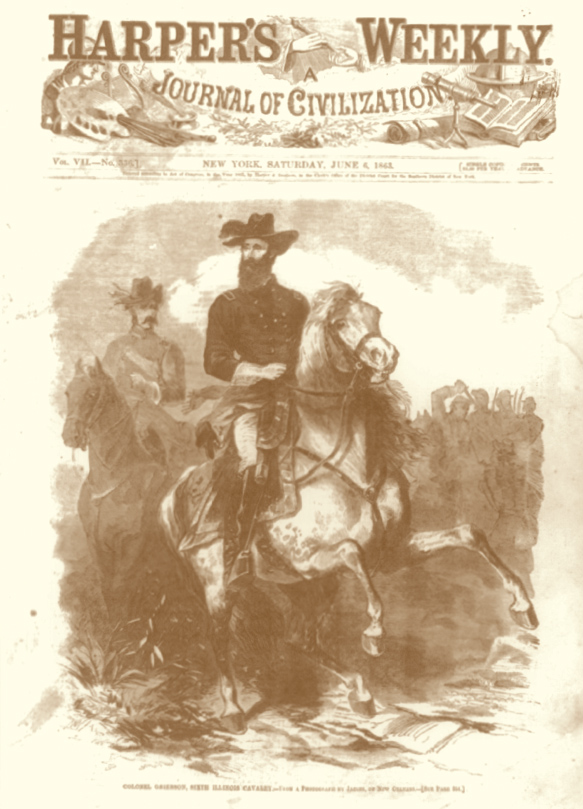
Godfrey still initially found the story Grierson related hard to credit. Grierson, the two cavalry regiments with him, and a battery of light guns, had started from La Grange, Tennessee. The various detachments had ridden through over 600 miles of Confederate territory, destroyed 50 to 60 miles of railroad tracks, several bridges and culverts, and cut telegraph lines at numerous places. Yet Gibson was soon convinced. Grierson and his men had come from Illinois their accent made that clear. There was also a lot of physical evidence. In addition to the Illinois troopers, the column had nearly 1000 runaway black slaves, over 30 vehicles, from buggies to lumber wagons, and 400 Confederate prisoners. As well, Griersons force had 800 more horses and mules than it had started with, collected over the length of Mississippi.
For now, Grierson and his men wanted nothing more than to sleep. It was a wish that was to be deferred. When they finally reached Baton Rouge, General Auger insisted on a victory parade.
Griersons men made an impromptu parade through the streets of Baton Rouge. They wore their travel-stained uniforms, so muddy and dusty that it was hard to tell to which army they belonged. Many of the troopers had exchanged uniforms for civilian clothing and hats along the way they had left La Grange with no spare clothing. But the men were cheered by hastily gathered crowds, and serenaded by the regimental bands of the citys garrison.
The Sixth Illinois Cavalry led the parade, followed by the artillery, the Confederate prisoners, and the Seventh Illinois Cavalry. Behind the soldiers came the runaway blacks, leading the horses captured in the raid. The wheeled vehicles taken brought up the rear, driven by more runaways.
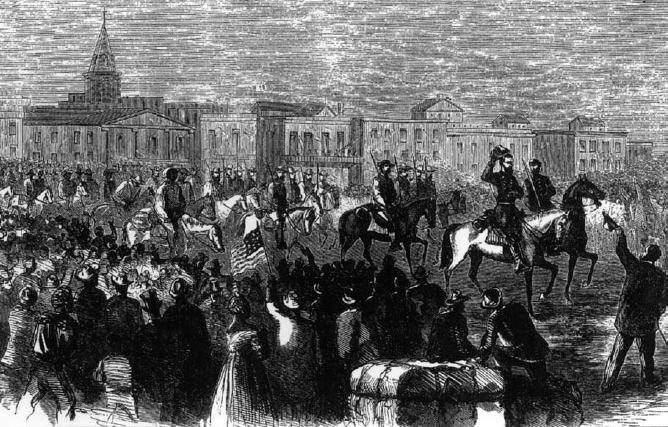
When Grierson and his men finally arrived at Baton Rouge, most had not slept since dawn, May 1. They were persuaded to parade through the town before they ate and finally rested. (MOA)
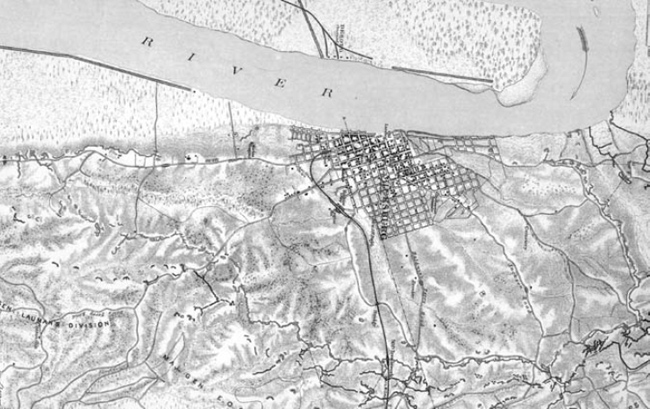
Vicksburg and its defenses.
The brigade was finally allowed to sleep. When they woke up the next morning, they discovered that they had become national heroes. Benjamin Grierson and his First Cavalry Brigade had just presented the Union cause with a victory the first clear victory after a frustrating six months filled with defeat and stalemate. Grierson and his men had caught the imagination of the North, and Grierson became a hero of the illustrated press. He was lionized as a new Achilles. His brigade was fted through Louisiana, honors followed, and a promised yet long-delayed promotion to brigadier general finally came through.
Perhaps the celebration struck Grierson, a modest non-drinker with a diffident temperament, as excessive. Certainly he was frustrated by the immediate aftermath of the raid. Grierson wanted a swift return to the Army of the Tennessees cavalry division. One of the brigades three regiments was back at La Grange, having been detached to draw off pursuing Confederates. Instead, Nathaniel Banks, commanding the Department of the Gulf, hung on to Griersons troopers as if they were a lucky talisman. It would be months before Griersons brigade was reunited.
Yet the excessive celebration, the honors even Banks view of the brigade as a good-luck piece were understandable. Griersons Raid was the most successful Union cavalry raid of the Civil War possibly the most successful on either side. For not only had Griersons brigade cut through Mississippi, but also pursuit of the column had drawn off thousands of Confederate troops in Tennessee, Mississippi, Louisiana, and Alabama.
While the rebels were vainly seeking Grierson, Ulysses Grant moved his army south of Vicksburg, landing at Grand Gulf. By the time the distracted Confederates could turn their attention to the real threat Grants Army of the Tennessee it was solidly positioned on the Mississippis east bank, impossible to dislodge. From there Grant would march north and invest Vicksburg, capturing it on July 4, 1863. Griersons Raid was not only materially successful, but it achieved its overarching strategic objective.
Raid, ride, and road share a common root. In Old and Middle English the words were often interchangeable. George MacDonald Fraser used that ambiguity in the title of his novel The Candlemass Road about a border raid that took place on Candlemass Day. To ride was to raid. By the twentieth century the term raid defined a pinpoint strike with fixed objectives, intricately planned and meticulously timed. Yet the classic cavalry raids of the American Civil War used the older meaning of the word raid. A Civil War cavalry raid was less a choreographed precision strike than a thing of loose objectives and improvisation.
Font size:
Interval:
Bookmark:
Similar books «Roughshod Through Dixie»
Look at similar books to Roughshod Through Dixie. We have selected literature similar in name and meaning in the hope of providing readers with more options to find new, interesting, not yet read works.
Discussion, reviews of the book Roughshod Through Dixie and just readers' own opinions. Leave your comments, write what you think about the work, its meaning or the main characters. Specify what exactly you liked and what you didn't like, and why you think so.

